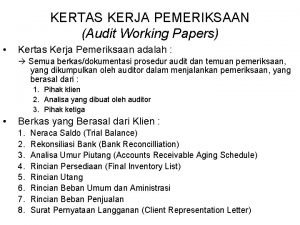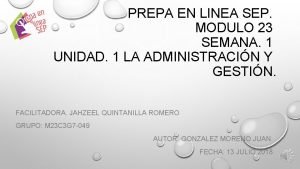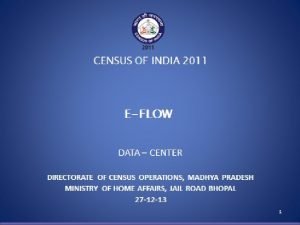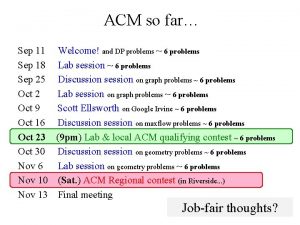Introduction Lesson Schedule I 8 Sep 15 Sep








- Slides: 8

Introduction

Lesson Schedule I • • • • • 8. Sep 15. Sep 22. Sep 29. Sep 6. Oct 13. Oct 20. Oct 27. Oct 10. Nov 17. Nov 24. Nov 1. Dec 8. Dec 15. Dec 22. Dec 12. Jan 19. Jan 26. Jan – Introduction to Biomes. Classification and distribution. – Climate factors – Climate diagrams – Rainforest – Tropical deciduous forest – Test – Savannah – Desert and semidesert – Mediterranean shrub – Test – Temperate Grassland – Temperate deciduous forest. Temperate rainforest.

Lesson Schedule II • • • • 2. Feb 9. Feb 16. Feb 23. Feb 2. Mar 9. Mar 16. Mar 30. Mar 13. Apr 20. Apr 27. Apr 4. May 11. May 18. May 25. May • • 1. June – Subtropical evergreen forest – Coniferous forest – Tundra – Glacial ice caps – Test – Alpine areas – Fresh water environments – Maritime environments – Coral reefs – Test – Power. Point presentations/Visiting Botanical Garden – Power. Point presentations/Visiting Zoo or Zoological Museum – Power. Point presentations/Teamwork – Movie

World Biomes

What is a Biome? üA biome is a large geographical area of distinctive plant and animal groups, which are adapted to that particular environment. The climate and geography of a region determines what type of biome can exist in that region.

To understand a world biome, you need to know: • What the climate of the region is like. • Where each biome is found and what its geography is like. • The soil order(s) that characterize the biome and those processes involved in soil development. • The special adaptations of the vegetation. • The types of animals found in the biome and their physical and behavioural adaptations to their environment. • Human adaptation

Biomes
















